The Magnet Method of Investing: Find, Trade, and Profit from Exceptional Stocks
$10.75
| Author(s) | |
|---|---|
| Pages |
302 |
| Format |
|
| Publication Year |
2009 |
The Magnet Method of Investing demystifies modern portfolio theory, efficient market theory, asset allocation, and diversification, and it details what characteristics the best stocks have in common before they produce their oversized returns for investors. In the following pages Jordan Kimmel dissects his process from conception to birth to wealth creation and capital acceleration.
Introduction:
Throughout history investors have searched for new ways to achieve investment success. Lasting success has rarely been found by following the crowd or the latest investment fad. In fact, doing so has usually ended with disastrous consequences: the Tulip mania of 1637, the South Sea Bubble of 1720, the Internet bubble of 2000, and, most recently, the real estate bust and credit markets crash. It is reasonable to conclude that simply following the latest fad can lead to failure and has the potential for signifi cant losses.
Investment success can be achieved only through the judicious application of a well grounded discipline built on a solid founda-tion of fundamental principals and understanding of market behavior. The Magnet Stock Selection System (MSSS) is such a discipline. Jordan Kimmel, inventor of The Magnet Stock Selection Process, has transcended being an avid student of investment principles to a leading proponent of the art and science of investing. His knowledge and keen insight into the investment process have been gained in the trenches and on the front lines in the battle for investment survival and success.
The Magnet Stock Selection Process has evolved from those experiences. It uses conventional technical and fundamental factors within a theoretically sound framework and a clear set of practical rules to select a limited number of stocks expected to outperform broad market averages such as the Standard and Poor ’s(S&P) 500 and Russell 2000 indexes. The system ’ s underlying theory states that stocks are likely to outperform the general market if they have large and rapidly grow-ing sales, are reasonably priced according to metrics (such as their price – to – earnings multiples and earnings growth), have above average relative strength, and are undervalued. The strategy underlying the model states that investors consistently underestimate the expected returns of stocks with strong fun-damentals, technical patterns, and risk and growth characteristics.
Contents:
- The Road from Broadway to Wall Street
The Paradox: Diversification or Superlatives - The Bell Curve: Stock Market Superlatives
- The Inefficient Market: Reallocate into Superlatives
- Nature’s S-Curve: Buying Stock Sweet Spots
- Reevaluating Risk: Volatility Is Not Risk
- The Search for Superlatives
- The InterBoomer Generation
- Implications of Market Interference
- Free Earnings: A New Metric
- The Magnet System: Putting It All Together
- Selected Articles and Interviews
The MAGNET Method of Investing: Find, Trade, and Profit from Exceptional Stocks By Jordan L. Kimmel pdf
8 reviews for The Magnet Method of Investing: Find, Trade, and Profit from Exceptional Stocks
Clear filtersOnly logged in customers who have purchased this product may leave a review.

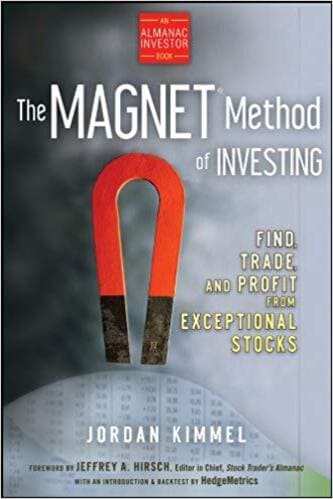

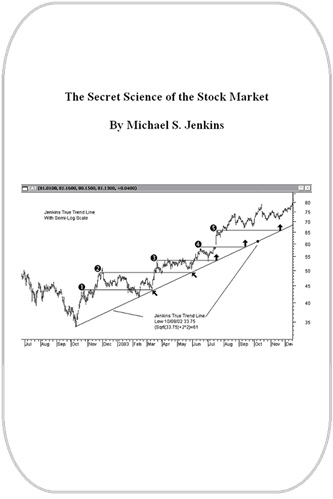

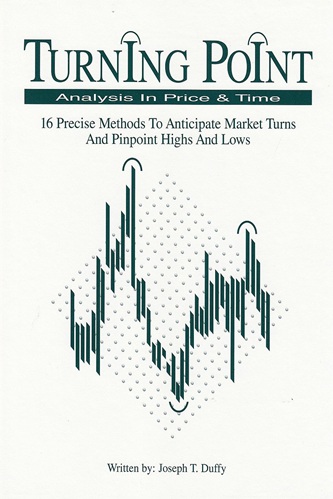
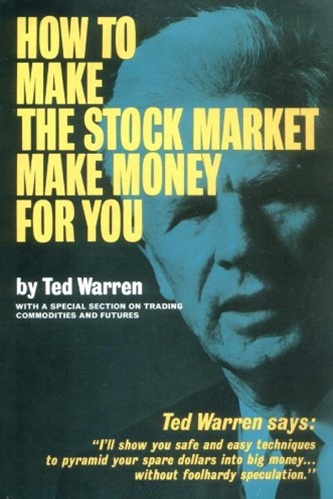
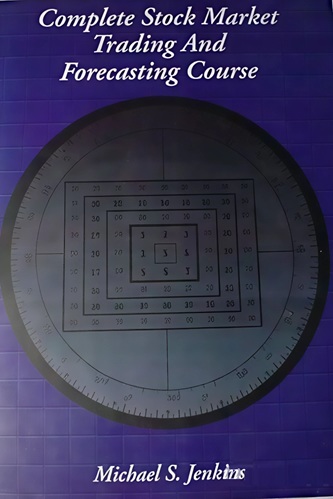
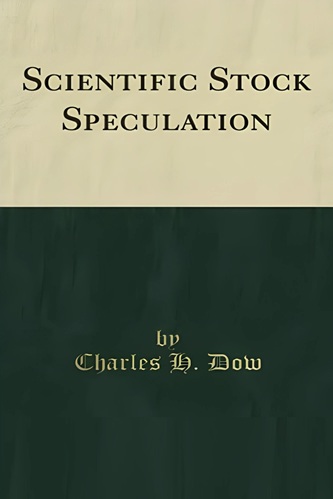
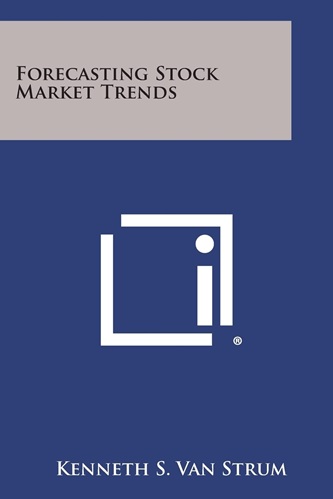
Pedro McFarland (verified owner) –
This book is an easy read that provides you with the basic knowledge you need to make a good investment decision. His common sense approach to investing is one that more people should follow. This book is perfect for all levels of investors and a must read.
Harlow Stevenson (verified owner) –
I got this book from a friend who knew I was getting into investing and let me say – this book blew away my expectations. It was easy to understand, even for someone new to investing like myself. It was a quick read and I really liked the idea about not buying too many stocks and just selecting a few that have the potential to go up big.
Gustavo Best (verified owner) –
The Magnet Method of Investing is a window into the world of successful stock picking and investing. The author is straight and honest about the pitfalls of over diversification and makes it easy to understand why you should only focus on a few stocks. The book is full of examples of stocks that Mr. Kimmel looks for how he finds them. I recommended this book for anyone who wants a change from the regular `buy and hold’ methodology of Wall St.
Jordan Barnett (verified owner) –
As a forty year stock trading veteran, I found this book to be the ONE that puts it all together… Great Wisdom, Great Knowledge…
Written by an actual investment professional that lives and dies with his system, Jordan Kimmel has out done himself. This book is loaded with real world examples that prove his process.
Clearly, Kimmel will be known among the greats…Wyckoff, Gann, Buffet, Soros, Rogers…
This book is a top 5 must for your trading and investing library.
Callan Mullen (verified owner) –
I read the reviews and wonder how anyone could like this book. THe author lists items which make a stock look like a possible buy but is very vague about how to apple them stating he cannot list the math formulas used as they are proprietary. Then why buy the book if the method is not spelled out? He then lists some of the stocks that made his list which was several years ago. They have all tanked and some are not even traded. He does not say when to exit and admits mistakes. He puts a stop of 20 percent. WOW. Cannot recommend it.
Shay Mathis (verified owner) –
Let me start out by saying I believe that low-cost index mutual funds remain the best choice for most investors; and that the large majority of people who set out to do better, fail. However, I also believe that it is possible for disciplined, intelligent, serious investors to do a bit better; and that little bit can add up to a significant edge over extended periods of time.
This is one of the few investment books that will help you if you choose the latter path. It sets out a sensible strategy based on fundamental analysis with an eye toward price movements. Pure fundamental analysis works on a Warren Buffet time-scale, but attention to price can help you get the value companies at the right times, so you don’t have to wait 20 years to be proven right. Pure price movements can also eke out profits, but only if you have institutional market access.
Most books of this type concentrate on blue chip value, great companies at a good price. Magnet investing is more ambitious, finding companies somewhat earlier than the usual advice, with more growth potential but less certainty. This has several advantages. It’s more fun. It allows you to get a significant advantage with a smaller portion of your portfolio. It lets you concentrate more on things you know about, and where there is less institutional attention. However, that also makes it riskier if you allocate the same fraction of your portfolio; and it means your skill at implementing it makes more difference.
I like some other things about this book. It’s well-written. It gives a complete system, which is important to show the author has thought everything through and so you won’t neglect an essential part. But it also explains the system so you can test it against your own knowledge and beliefs before betting your retirement on it. It gives evidence of how the system worked in the past, backed up by a long period of actual application, not just a theoretical backtest. The method is complete enough to give you an idea of how well it is likely to work, which is almost as important as working. Your investing success is determined not just by rate of return, but whether your financial plan is realistic enough to succeed with that return. Finally, the method is intellectually satisfying, which is both a virtue in itself, and makes it easier to stick to during inevitable market reverses.
You don’t need this book to invest, and it won’t make you rich quickly. I do not use the method myself, but I employ similar principles and I learned some useful enhancements from reading it. If you’re going to be an active investor, this is a good choice for a guide. If you follow the system, and watch your costs (including taxes and hidden transaction costs like bid/ask spreads), you have every chance of achieving reasonable financial goals.
Annika Matthews (verified owner) –
What a disappointment! I bought this book after reading several 5-star reviews, but was shocked by how naive and shallow it is. The author on page 33 says that he “learned a tremendous amount from [William O’Neil’s] studies.” Indeed, you can see that the Magnet method is just a variant of O’Neil’s CANSLIM method. Not that O’Neil’s method is a good one to begin with; I think both methods are naive and useless.
The book is too verbose and repetitive. The first 3 to 4 chapters tell you nothing other than “diversification is bad.” The author keeps repeating it until the reader kills himself out of boredom!
The “Magnet Method” is not described until chapter 11! And even then, it is not really described; “The Magnet Stock Selection Process is a proprietary approach…” p132 of chapter 11. So, no details at all are given; just general useless statements like “buy companies with good management” or “buy companies with high earnings growth.”
The only thing I liked about the book is chapter 8 on the Baby Boomer generation and its impact (or lack there of) on the economy and financial markets. The data and analysis given in this chapter is very interesting and useful. That is the only reason I gave the book 2 stars instead of 1!
Lexie Liu (verified owner) –
Jordan Kimmel, its author, and a highly experienced active portfolio manager, describes in detail his unique multi-factor method for selecting a limited number of quality stocks to outperform the S&P 500 and Russell 2000 Indexes. I found his unconventional views limiting diversification and refuting prevailing efficient markets theory both compelling and enlightening. Further, the summary of back-tested performance contained in the Appendix supports viability of the Method.”